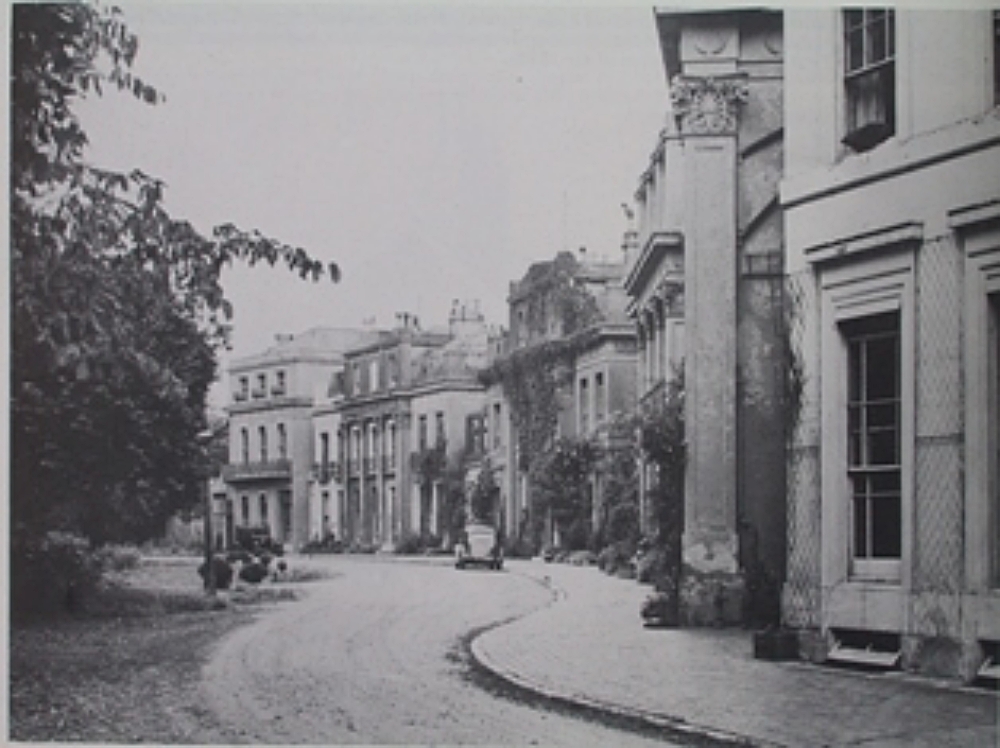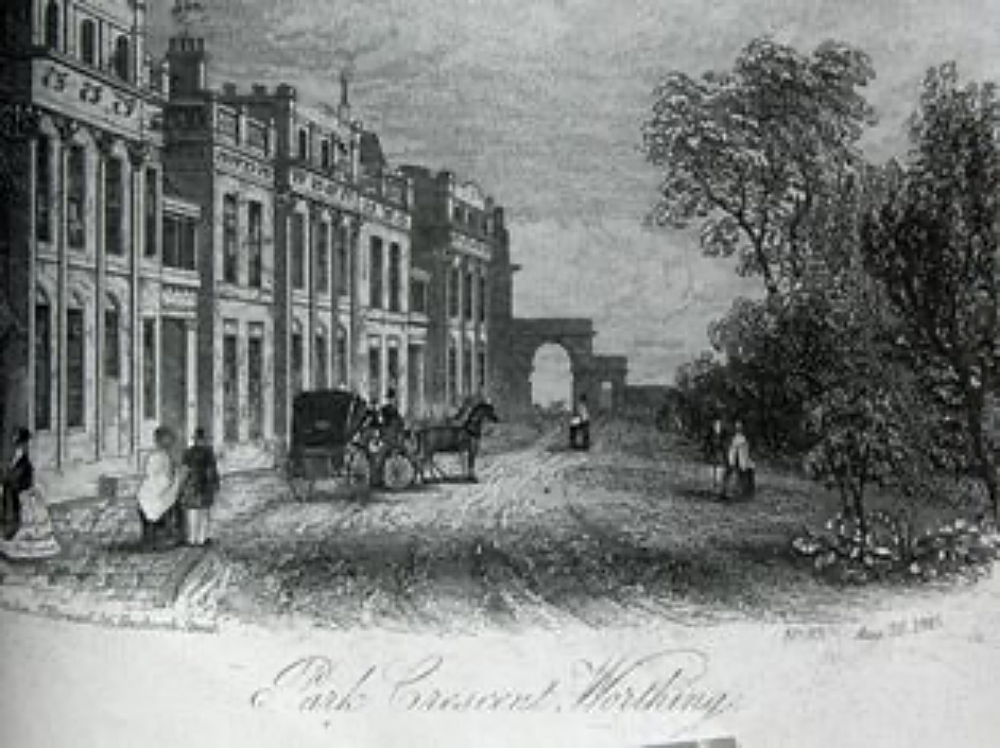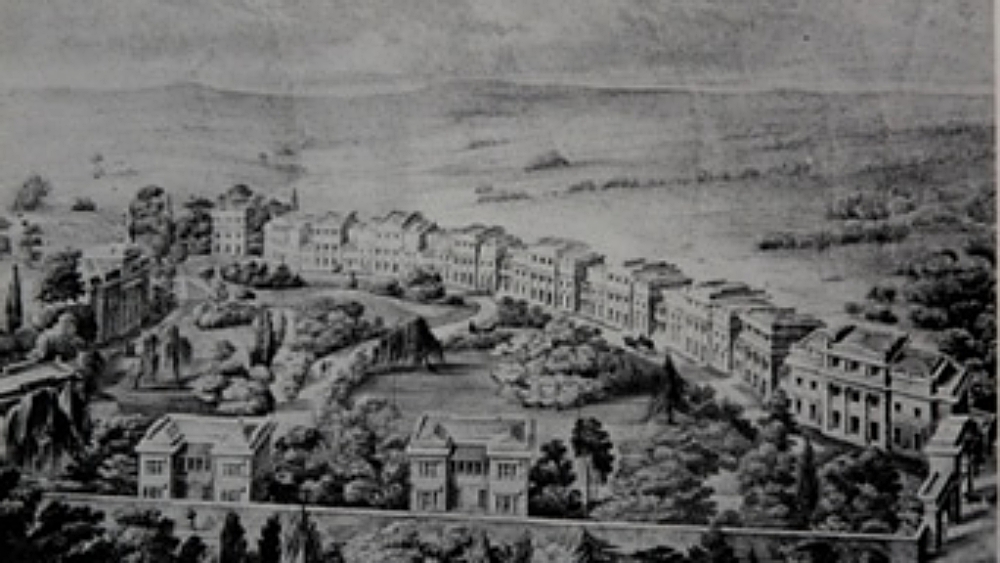Challenging Brighton
MEMBERS of the Royal family had already spent holidays in the burgeoning town and as a direct result several scions of the aristocracy had purchased second or third homes in the area. The year was 1830 and in the courtly salons of London society gossips were confidently predicting that Worthing would soon be shining in the reflected glory of Regency Brighton and Hove.

All it needed was for the renowned Regency architect, Amon Henry Wilds, to design for Worthing splendid Regency terraces and crescents similar to those he had already created for the town’s neighbours 10 miles to the east.
Sure enough, before the year was out that’s exactly what he did.
Using a broad expanse of land at what was then the prestigious western extremity of Worthing, he designed Royal Park Crescent.
To the north and west were open fields, across which could be seen the spires of Tarring and Goring churches.
On the east side New Town Road bordered the land and in close proximity to the south was Park Lane. Neither are familiar Worthing roads today because the names have (unfortunately, some might say) been changed.
New Town Road has become Clifton Road and Park Lane changed to rather mundane Richmond Road.

Wilds planned to surround his Royal Park Crescent with expansive and exclusive gardens and by bounding it with a wall and placing an imposing archway over the main entrance driveway, was pre-empting today’s security-conscious gated community.
His plans incorporated numerous design cues from the elegant and imposing residences he had built for the developers of Brighton and Hove.
The main aim, he explained, (though in language more attuned to Regency times) was to demonstrate how Worthing could cash in, big time, on its abundance of sun, sea and adjacent countryside.
But, as also invariably happens in building developments, everything did not go strictly according to plan.

Building began in 1831 and within two years the spacious homes you can still see today had been finished. Unfortunately it was not all that Amon Wilds intended.
Financial difficulties, the outcome of a national recession, brought work to a premature standstill in 1833 and Royal Park Crescent was destined to remain permanently incomplete.
Whether this was the reason for dropping “Royal” from the development’s name is not known, but today, as many will have realised, one of Worthing’s most elegant inherences from the reign of William IV is known simply as Park Crescent.